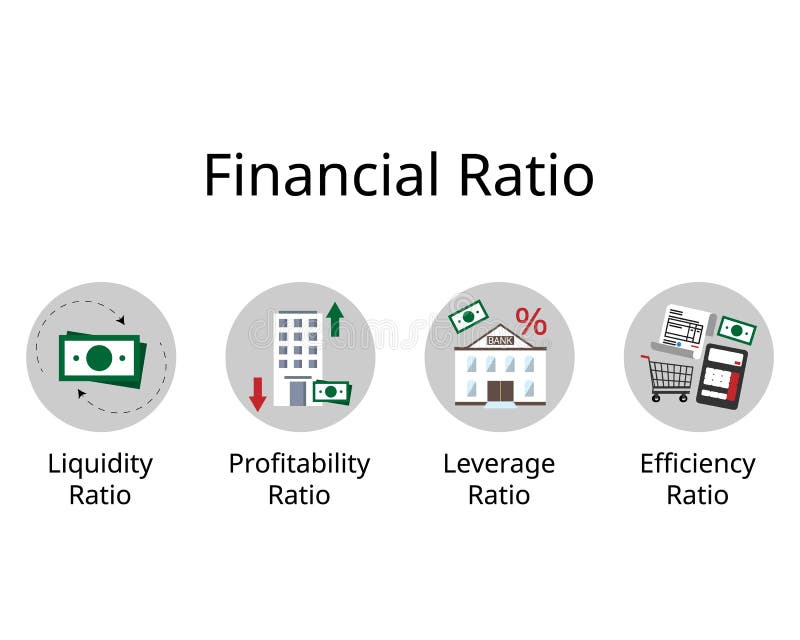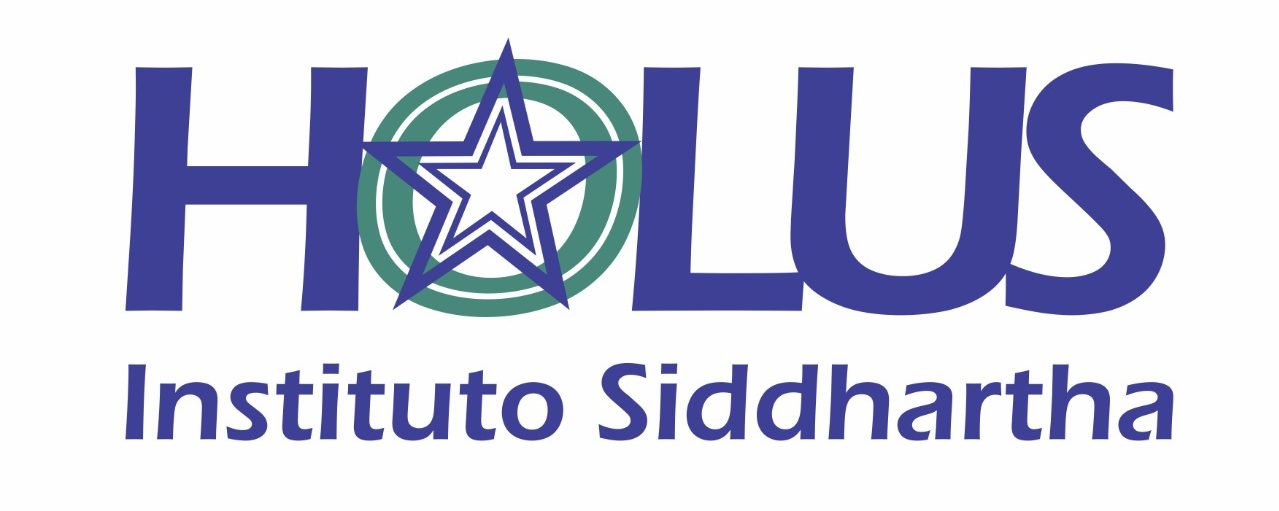
On the other hand, a current ratio greater than one can also be a sign that the company has too much unsold inventory or cash on hand. The current ratio is a very common financial ratio to measure liquidity. Companies with shorter operating cycles, such as retail stores, can survive with a lower current ratio than, say for example, a ship-building company. The current ratio should be compared with standards — which are often based on past performance, industry leaders, and industry average.
Size of the Company – How Does the Industry in Which a Company Operates Affect Its Current Ratio?
Our team of reviewers are established professionals with decades of experience in areas of personal finance and hold many advanced degrees and certifications. At Finance Strategists, we partner with financial experts to ensure the accuracy of our financial content. Over-trading companies are likely to face substantial difficulties in meeting their day-to-day obligations. Shaun Conrad is a Certified Public Accountant and CPA exam expert with a passion for teaching.
The current ratio vs. the quick ratio
A company can manipulate its current ratio by deferring payments on accounts payable. This increases the amount of cash on hand, increasing the current ratio. However, this strategy can lead to problems if the company cannot pay its debts promptly.
Book a demo with our friendly team of experts
We have discussed a lot about the advantages and benefits of having an optimum current ratio. However, there are a few factors from the other end of the spectrum that prove to be a disadvantage. Business owners must focus on working capital, liquidity, and solvency so that their business can generate enough cash to operate.

Current Liabilities
Suppose we’re tasked with analyzing the liquidity of a company with the following balance sheet data in Year 1. A current ratio less than one is an indicator that the company may not be able to service its short-term debt. For information pertaining to the registration status of 11 Financial, please contact the state securities regulators for those states in which 11 Financial maintains a registration filing.
Advanced ratios
Large retailers can also minimize their inventory volume through an efficient supply chain, which makes their current assets shrink against current liabilities, resulting in a lower current ratio. However, because the current ratio at any one time is just a snapshot, it is usually not a complete representation of a company’s short-term liquidity or longer-term solvency. The quick ratio, or “acid test,” is a financial metric that measures your business’s liquidity—your ability to meet short-term obligations using only your most liquid assets. The current ratio measures a company’s ability to meet short-term obligations.
Investors and stakeholders can use this comparison to evaluate a company’s performance relative to its peers and identify potential areas for improvement. In addition, it is crucial to consider the industry in which a company operates when evaluating its current ratio. Some industries, such as retail, may have higher current ratios due to their high inventory levels. In contrast, other industries, such as technology, may have lower current ratios due to their higher levels of cash and investments. This means the company has $2 in current assets for every $1 in current liabilities, indicating that it can pay its short-term debts and obligations.
- A current ratio of 1.5 would indicate that the company has $1.50 of current assets for every $1 of current liabilities.
- A high current ratio can signal that a company is not taking advantage of investment opportunities or paying off its debts promptly.
- By reducing its current liabilities, a company can decrease its short-term debt, improving its ability to meet its obligations.
- Generally, a quick ratio above 1.0 suggests that your company can comfortably meet its immediate obligations.
If your current ratio balance is less than 1, you may have to borrow money or consider the sale of assets to raise cash. Liquidity is the ability to generate enough current assets to pay current liabilities, and owners use working capital to manage liquidity. Working capital is similar to the current ratio (current assets divided by current liabilities). Current ratio (also known as working capital ratio) is a popular tool to evaluate short-term solvency position of a business. Short-term solvency refers to the ability of a business to pay its short-term obligations when they become due. Short term obligations (also known as current liabilities) are the liabilities payable within a short period of time, usually one year.
It is also essential to consider the trend in a company’s current ratio over time. A company with a consistently increasing current ratio may hoard cash and not invest in future growth opportunities. Conversely, a company with a consistently decreasing current ratio may take on too much short-term debt and have difficulty meeting its obligations. In that case, it may need to increase its current assets or reduce its liabilities to improve its financial health.
Professional services firms rely on accounts receivable rather than inventory. From the above table, it is pretty clear that company C has $2.22 of Current Assets for each $1.0 of its liabilities. Company C is more liquid and is better positioned to pay off its liabilities. The interpretation of the value of the current ratio (working capital ratio) is quite simple. As it is significantly lower than the desirable level of 1.0 (see the paragraph What is a good current ratio?), it is unlikely that Mama’s Burger will get the loan. The best long-term investments manage their cash effectively, meaning they keep the right amount of cash on hand for the needs of the business.
Let’s look at examples of how the current ratio can be used to evaluate a company’s financial health. We’ll also explore why the current ratio is essential to investors and stakeholders, the limitations of using the current ratio, and factors to consider when analyzing a company’s current ratio. The value of current assets in the restaurant’s pricing plans balance sheet is $40,000, and the current liabilities are $200,000. The current ones mean they can become cash or be paid in less than a year, respectively. A Current Ratio greater than 1 indicates that a company has more assets than liabilities in the short term, which is generally considered a healthy financial position.
